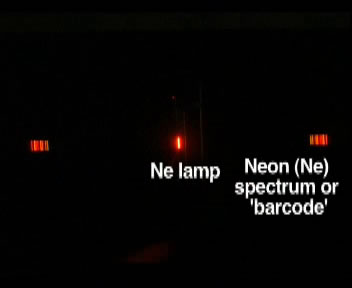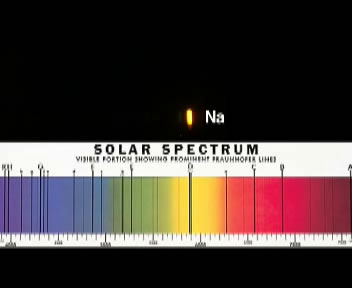Star Scene Investigation | Te Tātari i Ngā Āhuatanga Whetū
Abstract
Diffraction gratings are used to observe the “bar code” spectra of chemical elements. We use this to learn what stars are made of.
Principles Illustrated
Diffraction grating glasses and/or diffraction grating spectrometers use the wave properties of light, particularly constructive and destructive interference, to separate colours. They are used to investigate the “bar code” spectra of chemicals and chemical elements in many contexts. In particular, the spectrum of light from a star tells us what elements are present in the star. These devices This video would normally follow hot star, cool star.
Content
Video
English version
Te Reo Māori Version
Instructions
Diffraction grating glasses and spectral light sources are required for this activity.
Inexpensive diffraction grating glasses are often available from us or from our source: Rainbow Symphony.
As our “sun” we used a 60 W Osram Halolux 84472 Halogen bulb in some of our experiments, but we have also used an ordinary incandescent bulb with clear glass. One advantage of the Osram bulb is that the filament is oriented vertically, as are the diffraction gratings.



Other Information
Safety
Individual teachers are responsible for safety in their own classes. Even familiar demonstrations should be practised and safety-checked by individual teachers before they are used in a classroom.
Related Resources
See also Hot Star Cool Star.
Credits
This teaching resource was developed by the Te Reo Māori Physics Project with support from
- Te Puni Kōkiri
- The MacDiarmid Institute
- Faculty of Science, Victoria University of Wellington
- School of Chemical and Physical Sciences, Victoria University of Wellington
- The New Zealand map shown on the poster frame above is used with permission from www.nz.com.
- The astronomical photos are from www.starrynightphotos.com.
- This resource was filmed partly at Te Herenga Waka Marae.
- The solar spectrum was provided courtesy of Wabash Instrument Corporation.